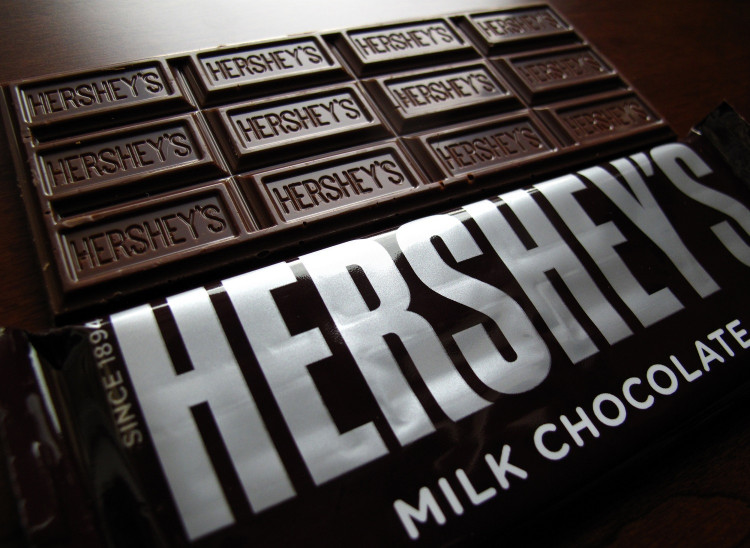It goes without saying that creamy, delicious milk chocolate is one of the world's beloved treats. But along with this delightful taste is heaps of fat and sugar, making milk chocolate less healthy than its bitter sibling, dark chocolate.
But it appears this won't be the situation for much longer. According to research presented at the American Chemical Society's 2020 conference, there's a way to enhance the nutritional value of milk chocolate without making it bitter.
This form of milk chocolate that's loaded with antioxidants can be made by reusing food scraps that in a normal situation would be thrown out, such as discarded tea leaves, coffee grounds, and peanut skins.
According to researchers at North Carolina State University, these agricultural waste materials are a "goldmine" of antioxidants, which can help reduce inflammation and can defend against certain chronic diseases.
"The idea for this project began with testing different types of agricultural waste for bioactivity, particularly peanut skins," Lisa Oehrl Dean, principal investigator on this research and a food science professor at North Carolina State, said in a press release.
Peanut skins, usually discarded after peanuts are shelled to produce peanut butter and other products, possess weight-rich phenolic compounds (plant substances), Dean's group discovered.
Through processing them into a powder and applying them to milk chocolate, researchers have not only been able to make the chocolate more nutritious but also mask the antioxidant compounds' bitter taste.
Data shows that chocolate has health benefits, boosting blood pressure, and other cardiovascular factors. But those beneficial effects are most widely available in dark chocolate, with its low fat and sugar content, plant micronutrients, and high polyphenol levels.
However, the tradeoff is that dark chocolate tends to taste bitterer. The researchers tried their chocolate formulation on a taste-tester panel, which tested several versions of the chocolate with varying quantities of phenolic compounds. Researchers found that chocolate with .8% of phenolic compounds had the best taste and texture balance, and a high proportion than most dark chocolate.
More than half of the panel favored the chocolate version, even as opposed to plain milk chocolate. Dean's team analyzed signs of allergens related to peanuts, and found no sign in the samples.
The research team's new chocolate formulation may also be more affordable than dark chocolate, offering the same micronutrient boost at a lower cost by "upcycling" the peanut skins and other ingredients that would otherwise be discarded.






